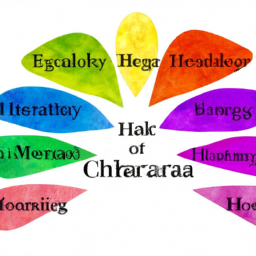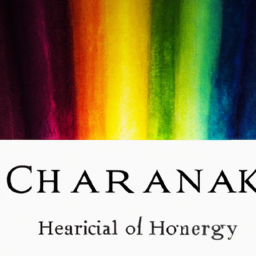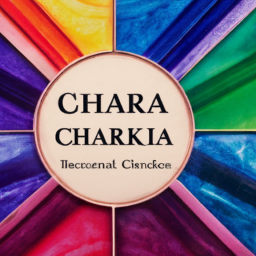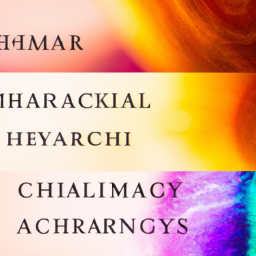Chakras, the energy centers in our bodies, have been a topic of interest and contemplation for centuries. While they originated in ancient Indian medicine and philosophy, the concept of chakras has transcended time and geographical boundaries, becoming a widely discussed and practiced concept in various parts of the world.
The Origins of Chakras
The word “chakra” comes from the Sanskrit word that means ”wheel” or “circle”. In the Hindu tradition, it is believed that there are seven chakras located along the spine, beginning at the base and moving upwards to the crown of the head. Each chakra is said to have a specific purpose and is associated with a different aspect of our being such as physical, emotional, and spiritual.
The earliest mention of chakras can be traced back to ancient Hindu texts such as the Vedas, Upanishads, and Yoga Sutras. These texts describe the energy channels in the body, known as nadis, and how they intersect at seven major points, forming the chakras.
According to Hindu beliefs, chakras are not just physical centers but also spiritual ones, where energy flows through the body. Balancing and aligning these chakras is said to bring about overall health and wellbeing.
The Spread of Chakras
In the late 19th and early 20th century, chakras began to gain popularity outside of India as well. This was due to the efforts of the Theosophical Society, a spiritual movement that aimed to promote the study of ancient wisdom and spirituality. Theosophists introduced the concept of chakras to the Western world, inspiring many to explore and adopt the practice.
From there, chakras continued to spread and evolve, taking on different interpretations and practices across different cultures. In China, it was integrated into traditional Chinese medicine as acupuncture points. In Japan, it was adapted into Reiki, a form of energy healing. And in the West, chakras have been incorporated into various forms of alternative medicine and spiritual practices.
Modern Interpretations and Uses
Today, chakras have become a popular subject in various fields such as yoga, meditation, mindfulness, and holistic healing. Many people believe that balancing and activating chakras can improve physical, emotional, and spiritual wellbeing.
In the Western world, chakras are often seen as psychological and spiritual centers, rather than just physical energy centers. Each chakra is associated with different psychological and emotional states, and working on them can help bring about healing and growth in those areas.
Conclusion
The origins and evolution of chakras show how this concept has transcended time and boundaries, connecting people across cultures and beliefs. While its exact origins may be rooted in Hindu tradition, its widespread popularity today shows how it resonates with people all over the world.
Whether you are a skeptic or a believer, the concept of chakras invites us to take a closer look at our own energy and inner workings. And with the rise of alternative and holistic healing practices, it wouldn’t be surprising to see chakras continue to be a relevant and intriguing topic for many years to come.





Very interesting topic! Great question!
It seems that the concept of chakras has been around since ancient times and is part of many different world cultures. The Upanishads, an ancient Hindu collection of texts, are often credited with introducing the concept of chakras, although depictions of chakras have been used in many different parts of the world for centuries. It is believed that the seven main chakras in the body are each related to our physical, mental and emotional states, and can help us to understand and work with our own inner energy.